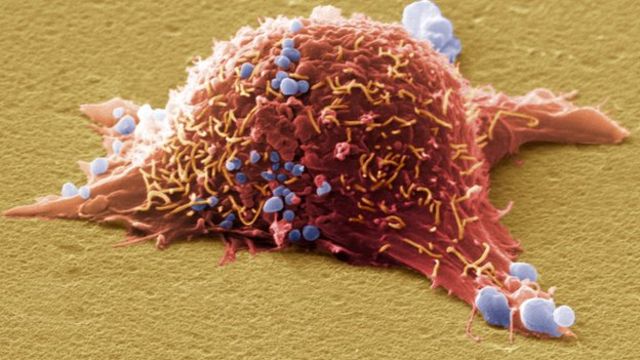 A new study has shown that by combining radiotherapy with a virus that targets cancer cells both treatments are pushed into overdrive when treating the most common form of skin cancer - melanoma,
A new study has shown that by combining radiotherapy with a virus that targets cancer cells both treatments are pushed into overdrive when treating the most common form of skin cancer - melanoma,
Scientists at The Institute of Cancer Research, London, and The Royal Marsden NHS Foundation Trust combined a virus called oncolytic reovirus RT3D, with radiotherapy to treat melanoma, the most common form of skin cancer. They found that the combined treatments were much more effective than when administered separately, suggesting that combining oncolytic viruses with radiotherapy could be an exciting new way to treat melanoma.
Reoviruses are common viruses that are generally harmless to normal cells, but they can be deadly to cancer. Previous research has shown that the oncolytic virus RT3D is resistant to high doses of radiation, and so could be used with radiotherapy to treat skin cancers like melanoma. In the new study melanoma cells were treated with combinationsof radiotherapy and RT3D and the effects noted.
Survival rates boosted
The RT3D virus showed higher replication rates in melanoma when used with radiotherapy, making it more effective at destroying the cancer cells. The combination also suppressed proteins that help melanoma cells survive stressful environments, while also increasing levels of proteins that induce cell death. In mice with melanoma, the combination was significantly better at shrinking tumours and prolonging survival than either treatment when administered separately.
Professor Kevin Harrison, Joint Head of the Division of Radiotherapy and Imaging at the ICR and a consultant at The Royal Marsden, said:“Once melanoma has started to spread it is hard to treat effectively and often will not respond well to radiotherapy on its own.
“Our study found that delivering radiotherapy with an anti-cancer virus created an effective combination treatment with the potential to benefit patients with melanoma.”
The study was published in the journal Oncotarget.


